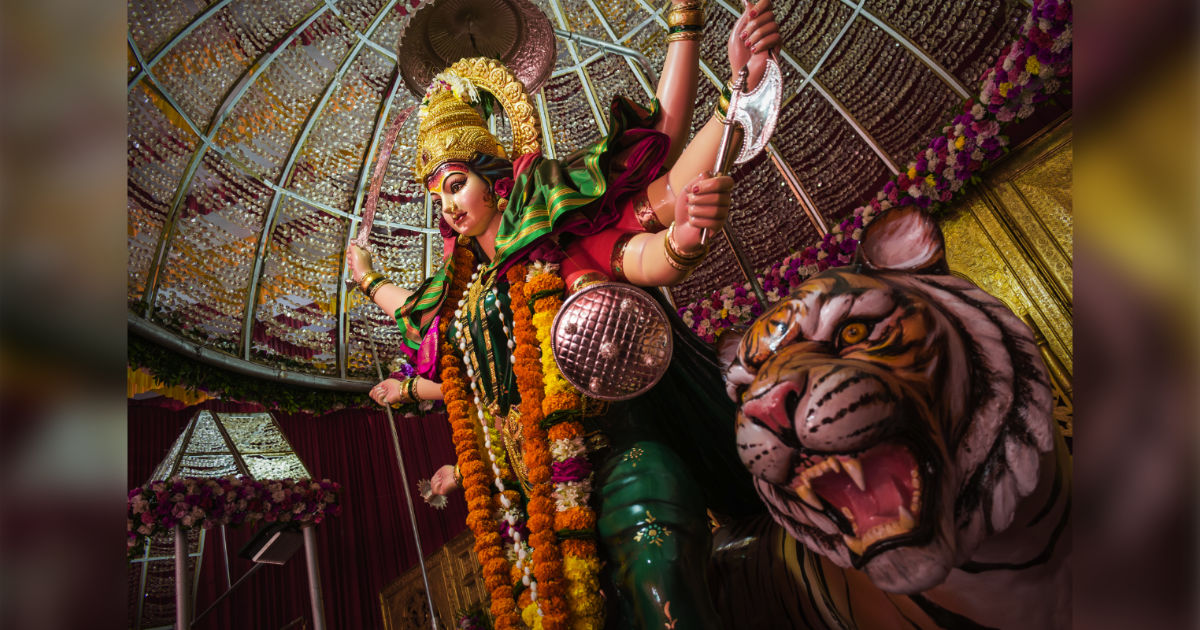Why are statues of the deity important for us in our sadhana? The statue is a symbol, a medium for establishing communion with God. Images are not frivolous visions of the artist, but they are emanating from his heart. When the murtis (deity’s statues) are made for worship, the craftsman follows the design rules of the Shilpa Shastras.
Special mantras are evoked and invoked while the murti is being made. Specific materials, measurements, proportion, decoration and symbolism are followed. Nine materials were identified for murti creation – gold, silver, copper, stone, wood, sudha (a type of stucco or mortar plaster), sarkara (gravel, grit), abhasa (marble) and earth (terracotta).
Oh tree! You have been selected for the worship of a deity,
Salutations to you!
I worship you per rules, kindly accept it.
May all who live in this tree find residence elsewhere,
May they forgive us now, we bow to them.
Prayer from Brihat Samhita said before cutting a tree for a murti.
All images represent the cosmic body of God and God is pleased when his body is worshipped. These are symbols and the gross mind needs a concrete symbol as a base and the subtle mind requires an abstract symbol. Many of us will say that God is present everywhere, but do we see him actually. Our ego comes in our way and it prevents us from bowing our heads to him. The devotee, the bhakta, beholds the lord in the symbol or murti. An intellectual may say that he does not believe in idol worship, and he will not concentrate on a form. However he cannot concentrate on the formless God either. His ego is in the way. The devotee worships with unquestioning faith. His meditation becomes intense and he perceives the statue as God who is pure consciousness.
Swami Sivananda.
When we pray to the statue of a deity, we have to shed our ego and withdraw our senses inwards and focus on the deity.
Aim Hrim Klim
Photo by Sonika Agarwal on Unsplash

